Are you new to gardening? Don’t worry, my easy guide, “Plants for Dummies,” will help you master gardening without any hassle. With the help of Master Gardeners, you can learn the basics of gardening, deal with common pests and diseases, and grow various types of plants. Indoor gardening during winter can also be a fun and rewarding activity to pursue. Knowing common gardening terms is also crucial for successful gardening.
Key Takeaways:
- Master Gardeners can provide solutions to gardening problems and inspire others to try gardening.
- Understanding the basics of gardening is essential for beginners.
- Dealing with pests and diseases naturally and learning to grow different types of plants are crucial for mastering gardening.
- Indoor gardening during winter can be a fun and rewarding activity.
- Knowing common gardening terms is important for successful gardening.
Essential Gardening Tasks for Beginners
As a beginner gardener, it’s important to learn the essential tasks that will ensure your plants thrive. Plant care basics and gardening tips for beginners are key to mastering gardening easily. Here are a few essential gardening tasks to get started:
Start a Garden
The first step to becoming a master gardener is to start a garden. Whether you have a small balcony or a large plot of land, there’s always room for a garden. Begin by deciding what type of plants you want to grow and selecting a sunny location with good soil drainage. Start small and gradually expand as you gain confidence and experience.
Learn about Pests and Diseases
Pests, diseases, and weeds can quickly take over your garden and ruin all your hard work. Learning how to identify and control common garden problems is essential for any gardener. Research safe and natural methods for controlling pests, diseases, and weeds to keep your garden healthy.
Grow Different Types of Plants
There are many different types of plants to choose from, each with their own unique growing conditions. Some prefer full sun, while others thrive in partial shade. Some plants need frequent watering, while others prefer to be left alone. Take the time to research the specific needs of each plant you want to grow to ensure optimal growing conditions.
Care for Vegetables and Herbs
One of the most rewarding aspects of gardening is growing your own food. Vegetables and herbs are easy to grow and provide a tasty addition to any meal. Make sure to research the specific care instructions for each type of vegetable or herb to ensure a bountiful harvest.
Create a Flower Garden
Flower gardens add color and beauty to any outdoor space. Choose easy-to-grow flowers such as marigolds, sunflowers, and zinnias to get started. Plan your garden by selecting a mix of annuals and perennials to ensure blooms all season long.
Indoor Gardening
Indoor gardening is a great way to bring the beauty of nature indoors. Houseplants require specific care instructions, such as proper watering and light exposure. Make sure to research the specific needs of your indoor plants to keep them thriving year-round.
Understand Common Gardening Terms
Gardening has its own language, with terms such as annuals, perennials, and shrubs. Understanding these terms is essential for any gardener. Research common gardening terms to expand your knowledge and become a master gardener.
By following these essential gardening tasks for beginners, you’ll be on your way to becoming a master gardener in no time. Remember, gardening is a journey, not a destination. Enjoy the process and don’t be afraid to experiment and try new things.
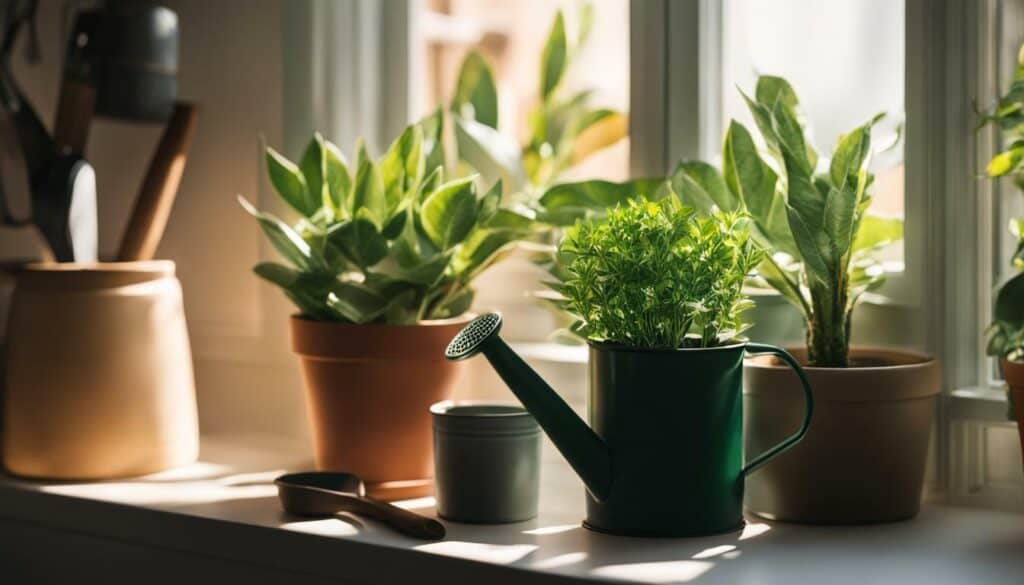
Natural Pest, Disease, and Weed Control
Dealing with pests, diseases, and weeds is a common challenge for gardeners, but there are safe and natural methods to combat them. One way to control pests is by introducing natural predators, such as ladybugs, to the garden. Ladybugs feed on aphids and other pests, making them a natural and effective solution.
Another natural option is to use companion planting to repel pests. For example, planting marigolds alongside vegetables can deter nematodes and other harmful insects.
Diseases can also be prevented by practicing good garden hygiene and proper watering techniques. Avoid overhead watering, as this can lead to fungal growth. Instead, water at the base of the plant and ensure proper drainage to prevent standing water.
Weeds can be controlled by using mulch to smother them and prevent their growth. Additionally, hand weeding can be effective for small gardens or individual plants.
By using these safe and natural methods, gardeners can control pests, diseases, and weeds without relying on harmful chemicals. Not only is this better for the environment, but it also creates a healthier and more sustainable garden.
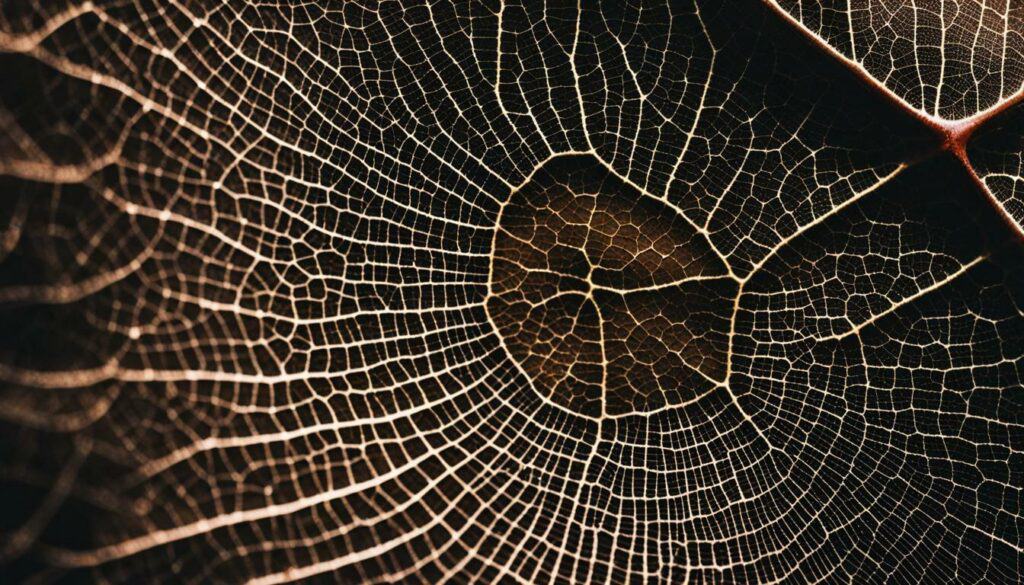
“By using these safe and natural methods, gardeners can control pests, diseases, and weeds without relying on harmful chemicals.”
It’s important to research and identify common pests, diseases, and weeds in order to effectively control them. Resources such as gardening books and websites can provide guidance on identifying and managing these issues.
Overall, natural pest, disease, and weed control is an essential aspect of gardening. With the right tools and knowledge, anyone can create a thriving garden that is both beautiful and environmentally friendly.
Growing Different Types of Plants
Each type of plant has its own specific needs and optimal growing conditions. Let’s dive into the world of growing different types of plants. Flowers, vegetables, and herbs all require different levels of sun exposure, water, and soil. For example, sunflowers thrive in full sunlight and require regular watering, while lettuce prefers partial shade and moist soil.
| Plant Type | Optimal Growing Conditions |
|---|---|
| Flowers | Flowers require full or partial sunlight and well-draining, fertile soil. Different types of flowers have different sunlight requirements, so it’s important to research the specific needs of the flower you want to grow. |
| Vegetables | Vegetables require full sunlight, fertile soil, and regular watering. Some vegetables, like tomatoes and peppers, require support structures like cages or stakes to grow properly. |
| Herbs | Herbs require full or partial sunlight and well-draining, fertile soil. They can be grown in containers or in the ground. Many herbs are easy to grow and can be enjoyed in cooking. |
Understanding the specific needs of each plant is crucial for successful gardening. In addition to water and sunlight, soil quality is also important. Most plants prefer soil that is moist but well-draining, with a pH level between 6 and 7. To ensure optimal soil conditions, it’s important to amend your soil with compost or other organic matter before planting.
Another important factor to consider is the plant hardiness zone. The United States Department of Agriculture has created a map that divides the country into 13 zones based on temperature and climate. Each zone has a specific range of temperatures that determine which plants can grow in that area. It’s important to choose plants that are suitable for your zone to ensure their success.
By understanding the specific needs of each plant type, choosing the right soil and hardiness zone, and providing proper care, you can create a thriving garden that suits your preferences and goals.
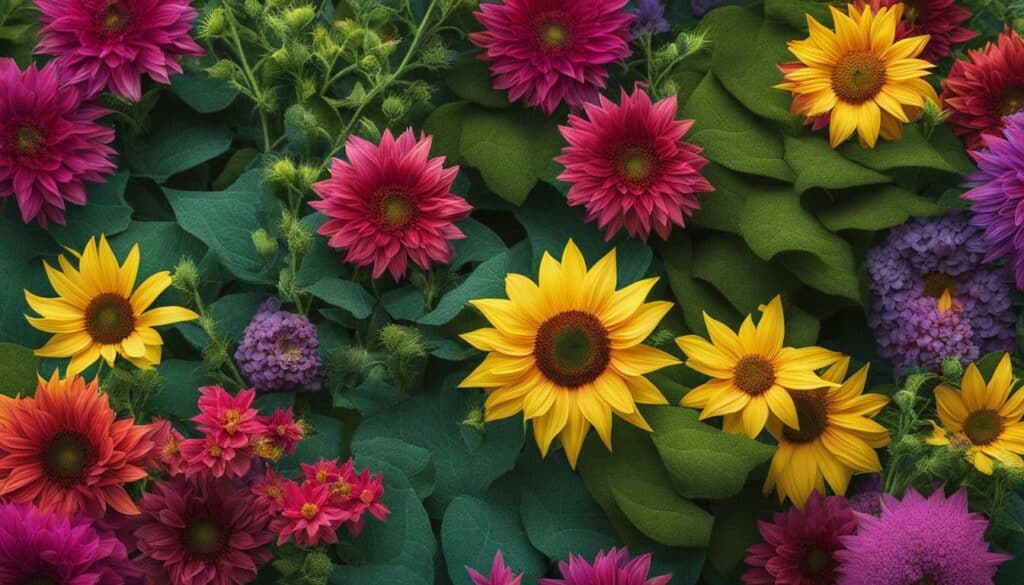
Growing Your Own Food
Growing your own food can be a rewarding experience, and it’s easier than you might think. Whether you have a spacious backyard or a small balcony, there are resources available to help you get started. As a beginner, it’s important to start small with easy-to-grow vegetables and herbs that you love and that thrive in your specific growing conditions. This may include tomatoes, cucumbers, and basil for a sunny garden, or lettuce and spinach for a shady balcony.
Proper plant care is essential to produce a bountiful harvest. Water your plants regularly, and fertilize them with natural and eco-friendly products to encourage growth. Keep an eye out for common pests and diseases, such as aphids and mildew, and treat them with safe and natural methods to avoid harming the environment.
Online courses and workshops are also available to teach you more about plant care basics and how to grow your own food. Master Gardeners can provide expert guidance on everything from healthy eating to small space gardening. They are certified experts in plant care and dedicated to educating the community.
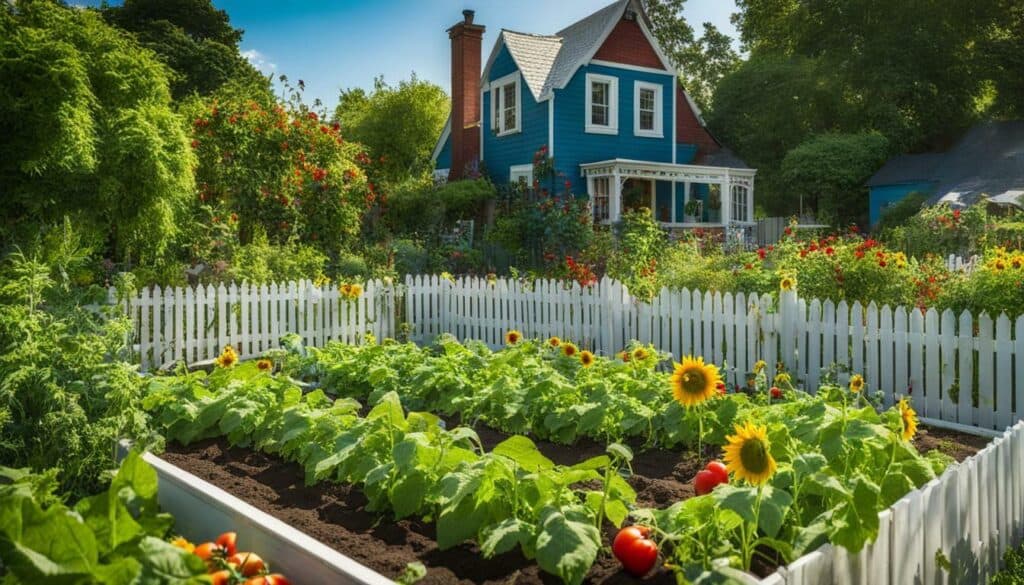
By growing your own food, you can enjoy the freshest and healthiest produce right from your garden. Not only is it a sustainable option, but it can also save you money in the long run. With a little research and preparation, you can have a beautiful garden full of delicious homegrown produce.
Starting a Flower Garden
Have you always dreamed of having a beautiful flower garden? Let’s make that dream a reality with these easy steps.
Before starting your flower garden, it’s important to know what type of soil you have and what flowers will thrive in your area. Native plants are a great choice as they are adapted to local conditions and beneficial to local pollinators and wildlife. Invasive plants should be avoided, as they can take over and disrupt the native environment.
Once you have determined what will grow well in your area, it’s time to plan your garden. Consider the amount of sunlight and shade your garden receives, as well as the size and layout of the space. If you’re short on space, container gardening is a great option to grow flowers in small areas.
When choosing flowers for your garden, consider easy-to-grow options like marigolds, petunias, and zinnias. These flowers come in a variety of colors and bloom throughout the season. They are also great for attracting pollinators like bees and butterflies.
Starting your flower garden can be done from seeds or young plants. If starting from seed, follow the instructions on the package for optimal growing conditions. When planting young plants, be sure to loosen the soil and water well.
Proper care and maintenance are essential for a thriving flower garden. Water regularly, but be careful not to overwater, as this can lead to root rot. Deadheading, or removing dead flowers, promotes new growth and prolongs blooming. Fertilize your plants as needed, but be sure to follow instructions for the specific plant.
With these easy steps, anyone can start a beautiful flower garden. Don’t be afraid to experiment and try new things – gardening is all about trial and error and learning from experience. So get to planting and enjoy the beauty of nature in your own backyard!
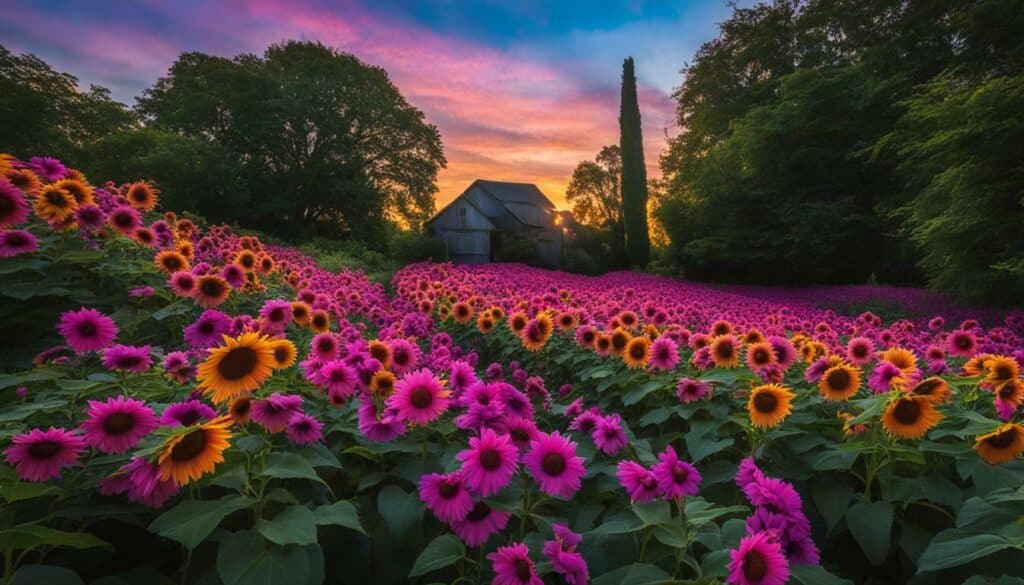
Indoor Plant Care
Even in the winter, you can continue to enjoy gardening by caring for houseplants. Here’s everything you need to know about indoor plant care.
One of the most important aspects of indoor plant care is finding the right combination of sunlight, soil, and water for your plants to thrive. Selecting plants that you love is also important so that you enjoy caring for them. Make sure to amend your soil with organic matter to create a fertile environment for your plants to grow.
Dealing with common pests and diseases naturally and safely is also crucial. You can use non-toxic methods such as neem oil or soap solutions to keep pests like spider mites and aphids at bay.
Understanding the different types of plants and their growing conditions is also important. If you’re interested in growing vegetables and herbs, make sure to do your homework on planting, caring for, and harvesting your crops. There are also easy-to-grow flowers available for starting a flower garden.
When it comes to indoor plant care, knowing the terminology is essential. Annuals, perennials, shrubs, evergreen and deciduous plants, and different plant habits such as climbing, mounding, spreading, trailing, and upright all have different requirements that you need to be aware of. You should also know the estimated size of a mature plant and the first or last frost date for your area.
Lastly, it’s important to differentiate between native plants that are well adapted to their growing conditions and invasive plants that can disrupt the native environment. By following these guidelines, you can successfully care for your indoor plants and create a beautiful indoor garden.

Online courses are also available for those who want to expand their knowledge further.
DIY Projects with Garden Finds
Did you know that you can use items from your garden for exciting DIY projects? Let’s get creative and turn garden finds into unique creations. Not only is this a cost-effective way to enhance your outdoor space, but it also offers a personalized touch to your garden. From repurposing garden tools to upcycling old furniture, here are some ideas to spark your imagination:
Garden Tool Décor
Old garden tools can be turned into charming décor pieces for your garden. Paint them in bright colors and hang them on a fence, or use them to create a unique garden sign. Hammer a few nails onto a wooden board and hang the tools from the nails. Use a permanent marker or stencil to write your garden’s name or a fun quote.
Upcycled Furniture
Transform old chairs, benches, or tables into unique pieces of garden furniture. Paint them in bright colors to add a pop of color to your garden. You can also use them as plant stands, creating a new vertical display of your favorite plants.
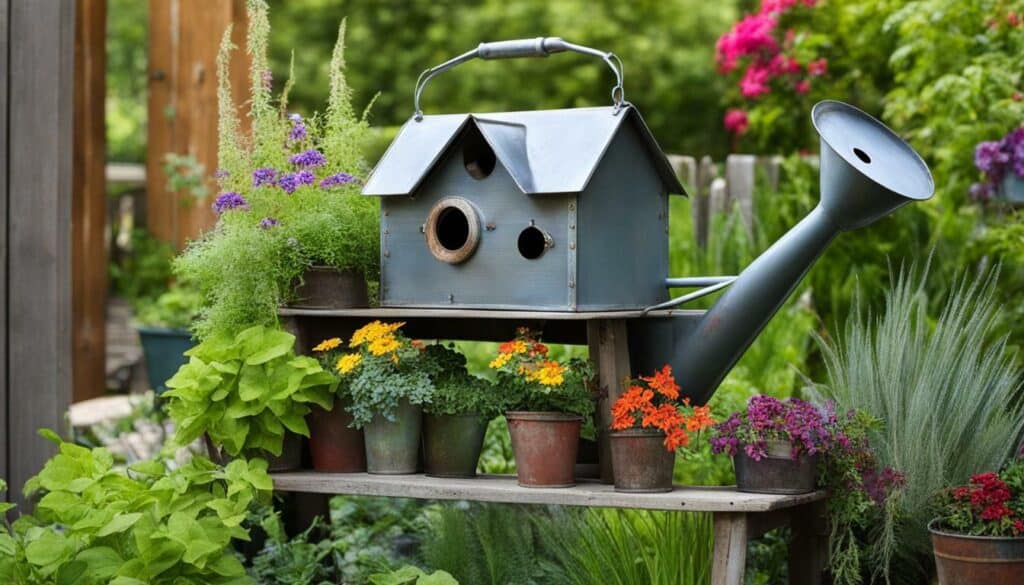
Planters and Containers
Turn old buckets, watering cans, or teapots into quirky and charming planters. Poke some holes in the bottom for drainage, add some compost, and plant your favorite herbs or flowers. You can also use old wine barrels as large planters, creating a stunning focal point for your garden.
Garden Art
Use old garden finds to create unique and eye-catching garden art. For example, you can make a wind chime out of old silverware or a birdhouse out of an old teapot. Use your imagination to create something truly unique, like a garden sculpture made out of driftwood or a mosaic made out of broken tiles.
Repurposed Plant Markers
Use old wine corks, wooden spoons, or rocks to make unique and charming plant markers. Simply write the name of the plant on the marker and place it in the soil. This is a fun and practical way to keep track of your plants.
There are countless possibilities when it comes to DIY projects with garden finds. Use your creativity and imagination to turn your garden into a personalized oasis. Not only will you save money, but you’ll also have fun and create something truly unique.
Gardening Terminology
Gardeners often use specific terms to describe plants and gardening techniques. Let’s learn some common gardening terminology together.
Annuals: These are plants that complete their life cycle in one growing season. They grow from seed, flower, and produce seed before dying. Petunias, marigolds, and zinnias are common annuals.
Perennials: These plants come back year after year and continue to grow and bloom. Examples of perennials include hostas, peonies, and daylilies.
Shrubs: Shrubs are woody plants that can be deciduous or evergreen. They have multiple stems and can range in height from a few feet to over 20 feet. Examples include hydrangeas, azaleas, and boxwoods.
Deciduous: Deciduous plants lose their leaves in the fall and go dormant for the winter. Trees such as maples and oaks are deciduous.
Evergreen: These plants retain their leaves year-round. Examples include pine trees and junipers.
Zone: A zone refers to a specific geographic area with a specific climate. The USDA Plant Hardiness Zone Map is used to determine which plants are best suited for a particular zone based on temperature extremes.
Exposure: This refers to the amount of sunlight a plant receives. Full sun means a plant receives at least 6 hours of direct sunlight a day. Partial sun/shade means a plant receives 3-6 hours of direct sunlight a day. Full shade means a plant receives less than 3 hours of direct sunlight a day.
Climbing: These plants have elongated stems that allow them to grow up along structures such as trellises or fences. Examples include grapes and climbing roses.
Clump-forming: These plants grow in a clump and gradually increase in size. Hostas are a good example of a clump-forming plant.
Mounded: These plants form a rounded shape and can be used in borders or as groundcover. Examples include heucheras and sedums.
Spreading: These plants spread out from a central point and can be used as groundcover. Examples include creeping phlox and ajuga.
Trailing: These plants have long stems that trail down and can be used in hanging baskets or as groundcover. Examples include sweet potato vine and trailing petunias.
Upright: These plants have a vertical growth habit and do not spread or trail. Examples include hollyhocks and delphiniums.
Height and spread: This refers to the mature size of a plant, including its height and width.
First or last frost date: The first and last frost dates are important for planting and harvesting. The first frost date is the average date of the first frost in the fall, while the last frost date is the average date of the last frost in the spring.
Native: Native plants are those that naturally occur in a particular region. They are adapted to the local climate and soil conditions and can provide important habitat for local wildlife.
Invasive: Invasive plants are non-native species that have the potential to outcompete native plants and disrupt ecosystems. Examples include bamboo and kudzu.
Knowing these common gardening terms can help you better understand plant characteristics and growing conditions, and communicate more effectively with other gardeners. Happy gardening!
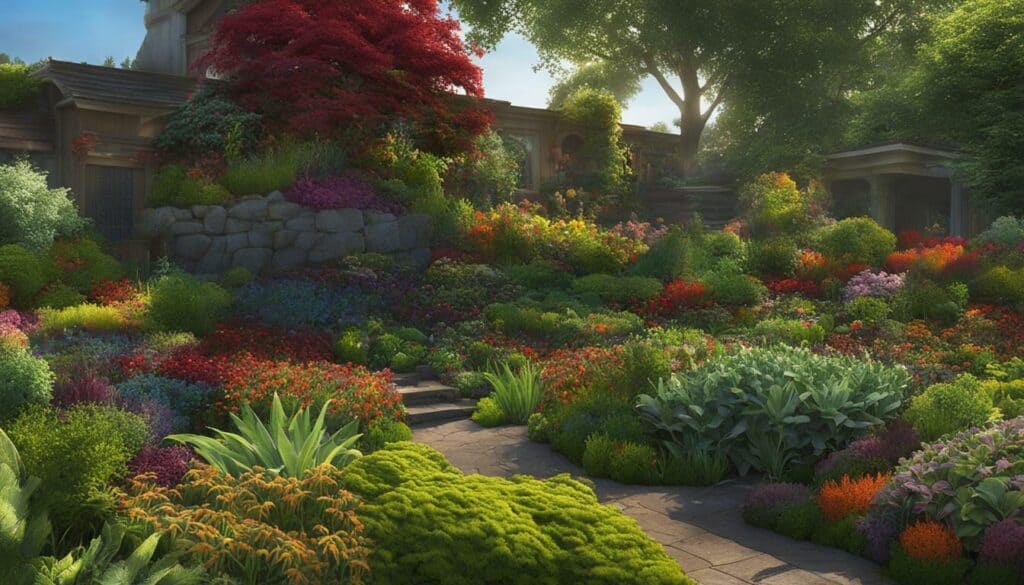
Online Courses for Further Learning
If you’re eager to expand your gardening skills, there are plenty of online courses available for further learning opportunities. Online courses have become increasingly popular for individuals seeking to enhance their knowledge and skills. With the convenience of learning from anywhere and at any time, these courses offer a flexible and accessible way to acquire new expertise.
Whether you are just starting out as a gardener or looking to hone your skills, there are many online courses available to suit your interests and goals. You can find courses covering everything from gardening basics to growing different types of plants. These courses provide a wealth of information on optimal growing conditions, plant care basics, and safe and natural methods for pest, disease, and weed control.
Online courses are a valuable resource for learners who want to overcome gardening challenges. They offer practical insights and tips to help you deal with common problems like pests, diseases, and weeds. Whether you are looking to grow your own vegetables and herbs or start a flower garden, online courses can help you develop the skills you need to succeed.
Moreover, online courses cover all aspects of gardening terminology and techniques, including annuals, perennials, shrubs, and indoor plant care. By enrolling in these courses, you can become more proficient in gardening and gain a better understanding of how plants grow and thrive.
If you’re interested in expanding your knowledge beyond gardening, you can also find courses on a range of other subjects, such as cooking, DIY projects, and photography. These courses offer a great way to explore new interests and take your skills to the next level.
Online courses for further learning opportunities are a great way to gain new skills and knowledge, whether you’re a beginner or an experienced learner. They provide a flexible and accessible way to learn from anywhere and at any time. So why not sign up for an online course today and start expanding your gardening skills?

Conclusion
With my easy guide, “Plants for Dummies,” and the resources provided, you have all the tools you need to become a master gardener and create a beautiful garden, regardless of your gardening experience level. From the basics of plant care to natural pest control and optimal growing conditions, this guide has covered it all.
It is clear that a combination of sunlight, fertile soil, and water is crucial for plants to thrive. In addition, selecting plants that you love and educating yourself on essential gardening tasks such as amending soil and pruning shrubs is important. Starting a flower garden or growing your own vegetables and herbs can be both rewarding and not as difficult as anticipated, as long as proper care and harvesting techniques are followed.
Remember, gardening is a fulfilling hobby that offers a variety of possibilities for individuals of all levels of experience, as long as they have the necessary knowledge and resources. Even in the winter months, you can enjoy gardening by growing plants indoors.
Get Your Hands Dirty and Start Gardening Today!
With this easy guide and the right mindset, you can start cultivating your green thumb and developing your gardening skills. Don’t forget to continue your education by taking advantage of the online courses and learning opportunities available. Gardening is a journey, and with each season comes a new opportunity to grow and learn.
Thank you for joining me on this gardening adventure. Happy planting!
FAQ
Q: What are some essential gardening tasks for beginners?
A: Essential gardening tasks for beginners include amending soil, pruning shrubs, and watering plants regularly.
Q: How can I control pests, diseases, and weeds in my garden?
A: You can control pests, diseases, and weeds using safe and natural methods such as companion planting, applying organic pest repellents, and mulching.
Q: What are the optimal growing conditions for different types of plants?
A: Different types of plants have different optimal growing conditions. Some plants prefer full sun, while others thrive in partial shade. It’s important to research and provide each plant with its specific needs.
Q: How can I start growing my own food?
A: To start growing your own food, you need to choose the right vegetables and herbs for your region, prepare the soil, plant the seeds or seedlings, and provide them with regular care and maintenance.
Q: What are some easy-to-grow flowers for beginners?
A: Some easy-to-grow flowers for beginners include marigolds, zinnias, sunflowers, and pansies. These flowers are low-maintenance and can add vibrant colors to your garden.
Q: How do I care for houseplants indoors?
A: To care for houseplants indoors, you need to provide them with the right amount of light, water them regularly, and occasionally fertilize them. It’s also important to monitor for pests and diseases.
Q: What kind of DIY projects can I do with items from my garden?
A: With items from your garden, you can create DIY projects such as using flowers to make pressed flower art, using leaves for natural dyeing, or using branches to make homemade wreaths.
Q: What are some common gardening terms that beginners should know?
A: Some common gardening terms that beginners should know include annuals (plants that complete their life cycle in one growing season), perennials (plants that live for more than two years), and shrubs (woody plants with multiple stems).
Q: Are there any online courses available for further learning?
A: Yes, there are online courses available for further learning in gardening. These courses can help you deepen your knowledge and skills in specific areas of gardening.
How Can I Join the Cypress Basin Master Gardeners Community and Learn Master Gardening Easily?
Are you interested in becoming a master gardener? Look no further than the cypress basin master gardeners community! Join this thriving community and embark on an easy journey to learn master gardening.
Source Links
- https://www.gardendesign.com/how-to/
- https://www.torontomastergardeners.ca/wp-content/uploads/2016/03/Beginners-Guide-to-Growing-Houseplants-A-Toronto-Master-Gardeners-Guide.pdf
- https://vancouverfamilymagazine.com/a-master-gardeners-top-10-tips-for-beginners/
- https://growinginthegarden.com/gardening-for-beginners-how-to-start-a-garden-in-8-simple-steps/
- https://miraclegro.com/en-us/gardening-101/10-top-gardening-tips-for-beginners.html
- https://miniurbanfarm.com/daily-and-weekly-garden-chores/
- https://www.savingwater.org/lawn-garden/natural-pest-weed-control/
- https://www.seattle.gov/utilities/protecting-our-environment/sustainability-tips/landscaping/for-residents/pest-weed-and-disease
- https://www.bhg.com/gardening/pests/insects-diseases-weeds/garden-pest-control/
- https://gardenerspath.com/how-to/beginners/growing-plants-101/
- https://www.gardenersworld.com/plants/plant-types-explained/
- https://www.gardenersworld.com/how-to/grow-plants/gardening-for-beginners-how-to-plant/
- https://www.dummies.com/article/home-auto-hobbies/garden-green-living/gardening/vegetables/vegetable-gardening-for-dummies-cheat-sheet-209497/
- https://www.almanac.com/vegetable-gardening-for-beginners
- https://brightly.eco/blog/gardening-101-how-to-grow-your-own-food
- https://www.gardendesign.com/how-to/start-a-flower-garden.html
- https://www.marthastewart.com/8248515/how-start-flower-garden
- https://shiplapandshells.com/beginners-guide-to-flower-gardening/
- https://pottedpixie.com/indoor-plant-care-for-beginners/
- https://www.modandmint.com/houseplant-care-guide/
- https://www.joyusgarden.com/indoor-plant-care-for-beginners/
- https://blitsy.com/diy-garden-ideas/
- https://www.diyncrafts.com/36372/home/40-easy-one-day-diy-lawn-garden-projects-youll-want-try-today
- https://www.thespruce.com/diy-garden-ideas-7187536
- https://davesgarden.com/guides/articles/gardening-terms-for-beginners
- https://www.gardenary.com/blog/a-beginner-s-guide-to-common-gardening-terms
- https://www.allrecipes.com/article/beginners-guide-to-common-gardening-terms/
- https://www.coursera.org/courses?query=plants
- https://www.classcentral.com/course/plantknows-975
- https://www.futurelearn.com/experttracks/gardening-for-beginners-the-basics-and-beyond
- https://geography.name/conclusion/

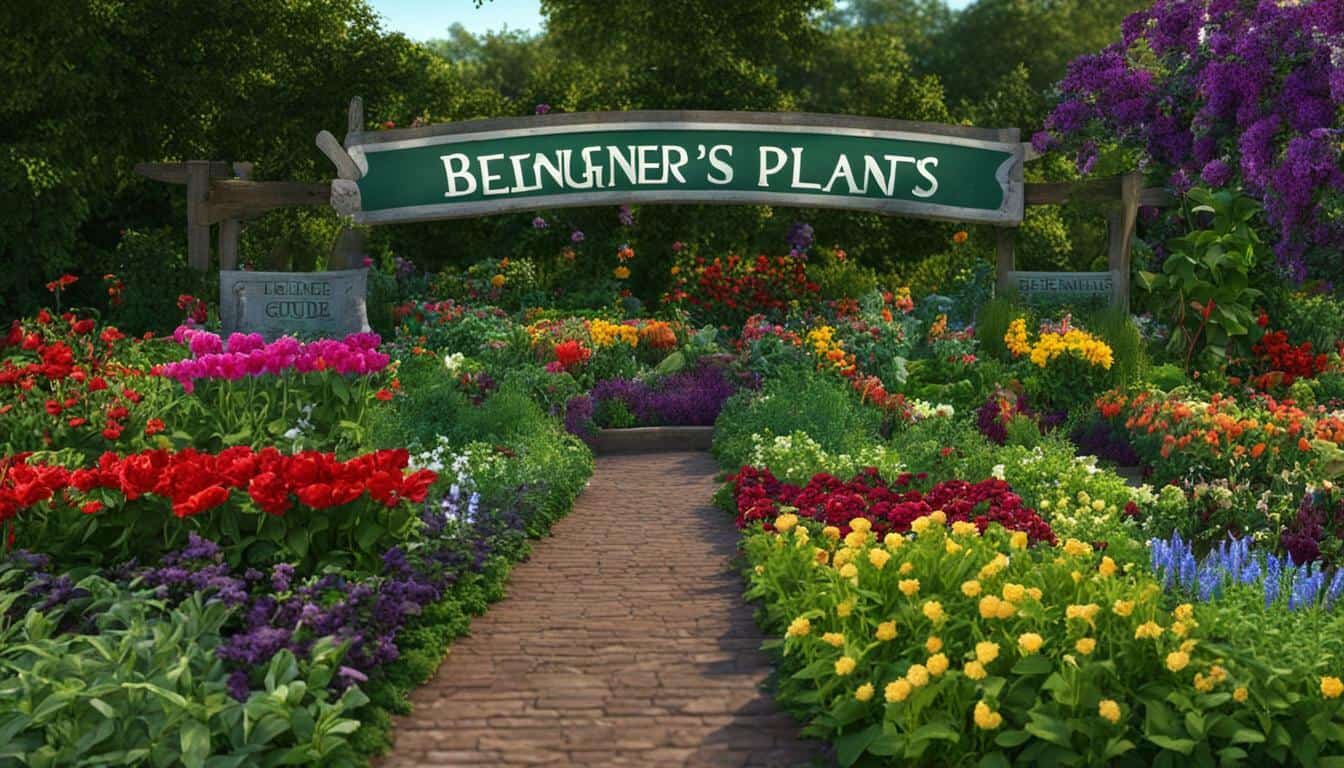



Leave a Reply